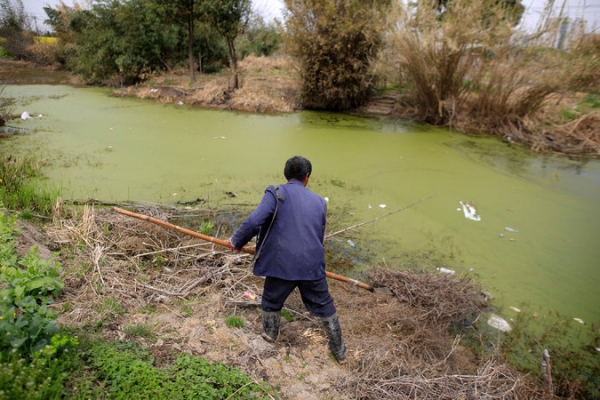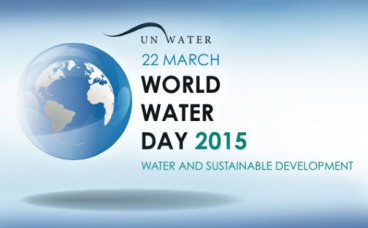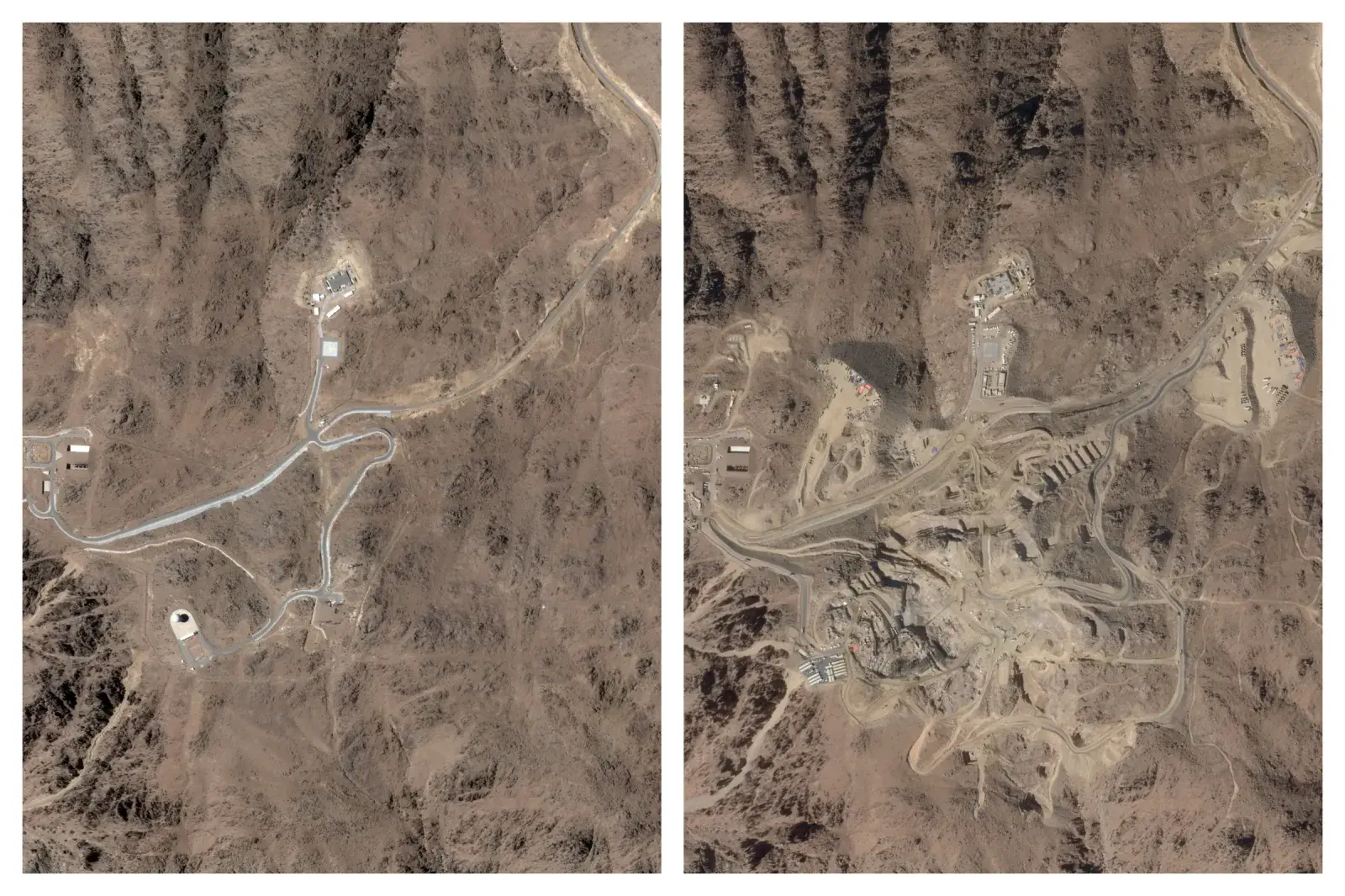More than 80% of underground water in China is heavily polluted

Industrial pollution and farming has rendered it unsuitable for human use
Industrial pollution and farming has rendered it unsuitable for human use
According to statistics reported by the Chinese media, more than 80% of the underground water in large river basins of mainland China is unfit for drinking or bathing because of contamination from industry and farming. This was first revealed in 2015, following the survey of 2.103 underground wells by the Water Resources Ministry, whose results were published for the first time in the Ministry’s official website. Most public attention in recent years has focused on the country’s severe air pollution, while underground water pollution is also very alarming, as about 400 out of 600 cities in the country use groundwater as their source of drinking water. It is worth mentioning that most of them draw from deeper reservoirs that were not part of this study, but many villages and small towns in the countryside depend on shallow wells like those were tested for the report.
“From my point of view, this shows how water is the biggest environmental issue in China,” said Dabo Guan, a professor at the University of East Anglia in Britain. “People in the cities, they see air pollution every day, so it creates huge pressure from the public. But in the cities, people don’t see how bad the water pollution is,” he said, adding that as more cities are forced to dig thousands of feet underground for clean water, the capacity of those deep aquifers is being taxed.
Is there any clean underground water after all?
The study found that 32.9% of the tested wells across areas mostly in Northern and Central China had Grade 4 quality water that is only fit for industrial uses. An additional 47.3% of wells were even worse, having Grade 5 quality, as contaminants like fluoride, manganese and compounds used in fungicides were found present in the water.
For years, the Chinese government has acknowledged that wells and underground water reserves were endangered by overuse as well as widespread contamination from industry and farming. However, the problem became so serious partially because the Water Resources Ministry and the Ministry of Environmental Protection haven’t yet clarified their roles and responsibilities in carrying out the National Groundwater Pollution Prevention Plan, according to Ada Kong, Greenpeace’s East Asia toxics campaign manager. The plan, issued in 2011, aimed to greatly limit the polluting of underground water resources by the end of this decade, promising 34 billion yuan ($5.2bn) in funding. It also said that China’s use of underground water almost doubled in recent years (from 57 billion m3 a year in the 1970s to 110 billion m3 in 2009), providing nearly 1/5 of the country’s total supplies.
Source: NY Times
Source: NY Times
Want to read more like this story?

March 22nd is World Water Day!
Mar, 22, 2015 | NewsSince 1993, the United Nations has designated March 22nd of each year as World Water Day, a day dedi...

Thames Water Accelerates Plans to Secure South East's Future Water Supply
Jun, 07, 2024 | NewsToday marks a significant step in securing the future water supply for the South East as Thames Wat...

Researchers have developed a miniaturized water quality sensor that can monitor drinking water quality in real time
Oct, 03, 2017 | NewsThis tiny and inexpensive device -built using a 3D printer- can be deployed anywhere in the water di...

Ancient engineering methods to address water shortages
Jul, 31, 2019 | NewsAccording to a new study, published in Nature Journal, a 1,400-year-old system of canals that divert...

SuntoWater generators produce 150-400L of potable water per day out of thin air
Mar, 06, 2017 | NewsThey can be powered by solar or solar plus grid power They can be powered by solar or solar plus...

Water scarcity: Cape Town is running dry
Feb, 20, 2018 | News‘Day Zero’ approaches, when the city’s water taps will be turned off in Mid-May â...

Scientists find ‘Water windfall’ beneath California’s Central Valley, making the state’s water supply three times larger than previously estimated
Jul, 01, 2016 | NewsThis is great news for an area suffering a prolonged drought, however accessing this water in a fina...

Next generation reverse osmosis water purifier
Nov, 16, 2016 | NewsWaterO brings highly-filtered drinkable water to the kitchen table WaterO brings highly-filtered...

This powder offers an innovative solution to water purification
Aug, 11, 2017 | NewsA small Japanese company has developed a special powder that could improve water quality in developi...
Trending

Characteristics of Load Bearing Masonry Construction

Taipei 101’s impressive tuned mass damper

Morocco Implements Landmark Dam Perforation to Combat Water Stress in Marrakech

Dutch greenhouses have revolutionized modern farming

The Line at Neom faces feasibility reassessment while construction continues

The Line at Neom faces feasibility reassessment while construction continues


